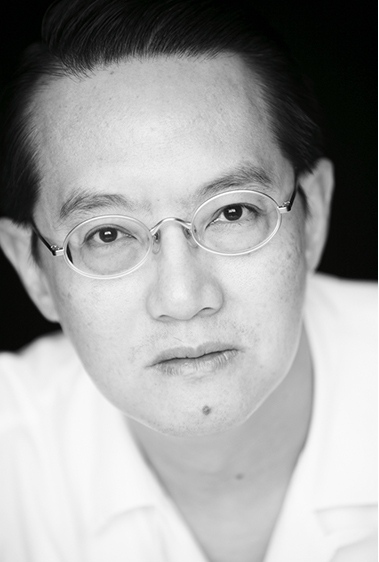Unfortunately, acne is a big problem that plagues many of us for many years of our lives. You will encounter a wide variety of treatments and philosophies with the different doctors you consult, whether Plastic Surgeon or Dermatologist and this just reflects the difficulty in treating it. Here I will discuss my own personal approach to the problem.
What you currently have is very common – a variety of scars left over from your teenage years. These may be shallow, deep, ice-pick, rolling or punched-out scars, different terms to describe their appearance. Generally, deeper scars with slight keloid or bumpy formation are the result of old cystic acne. Added to this undulating, rough background you also have new zits which go from different shades of red when they are fresh to different shades of brown as they dry up and fade away. Before these can totally fade new ones pop up so the face becomes a potpourri of different tones and colours.
For me the treatment of Active and Chronic acne is quite separate. I always try to treat the Active acne first before moving on to treating the chronic scars because it is pointless to treat these scars when new zits keep popping up and causing new scars. I often see patients who are at their wit’s end having tried oral antibiotics, peels, microdermabrasion and a host of remedies with little effect.
My favorite approach is to first put patients on a medical grade skin care program that acidifies the skin(bacteria hate an acidic environment!), contains depigmenting agents (to lighten the brownish patches and blotches), some antioxidants to strengthen the skin and some topical antibiotics such as Erythromycin or Clindamycin. I then advise a course of Intense Pulsed Light (IPL) with the settings tuned for red and brown lesions. The light of the IPL diminishes the redness hence active zits are seen to dry up more quickly and the shades of brown also seem to fade more rapidly. In addition the heat generated seems to stimulate collagen growth and the skin appears more supple and stable with fewer outbreaks. The treatments are monthly and to this I will also add a Mid-depth Chemical Peel with a little Resorcinol and Trichloroacetic acid TCA) as the active ingredients. There seems to be less long term dryness using this over standard AHA peels. Once the outbreaks and patchy appearance improves we can then move on to the next stage which is treating the scars.
In the past, our only tools were to excise individual scars or to perform traditional dermabrasion on the pitted areas. The problem with the former is that patients with deep scars usually have thick, spongy skin and the excision can leave visible stitch or operation marks whilst with the latter, the downtime is considerable with raw patches for a week and hyperpigmented(dark) or hypopigmented(whitish)patches for several months. Even then there is a high rate of recurrence so after a while many of us gave up in frustration. Then in the late nineties, a series of deeply penetrating, nonablative(no downtime) lasers became available which stimulate the production of skin collagen from inside out. Cooltouch and Smoothbeam are just two examples. A series of 5-6 treatments is required but the results are quite impressive and patients like the fact that they can continue to go to work. It takes about three months for the effects to become noticeable so in the meantime for the deeper scars I usually recommend either injecting some fillers into them to make them more shallow or performing subcision to make them less noticeable.
Subcision is a technique where a sharp needle-like instrument is poked under the scar and wiggled around to disrupt the internal fibres that tether the scars down. This allows the scars to “float upwards” becoming shallower. Some of the blood that collects under the scar is also thought to stimulate the skin’s collagen production, thus acting as a natural filler. With this combined approach, your problematic skin should improve.
Remember to discuss your options with a certified Plastic Surgeon or in this case a certified Dermatologist. You can log on to www.moh.gov.sg for a full listing.


